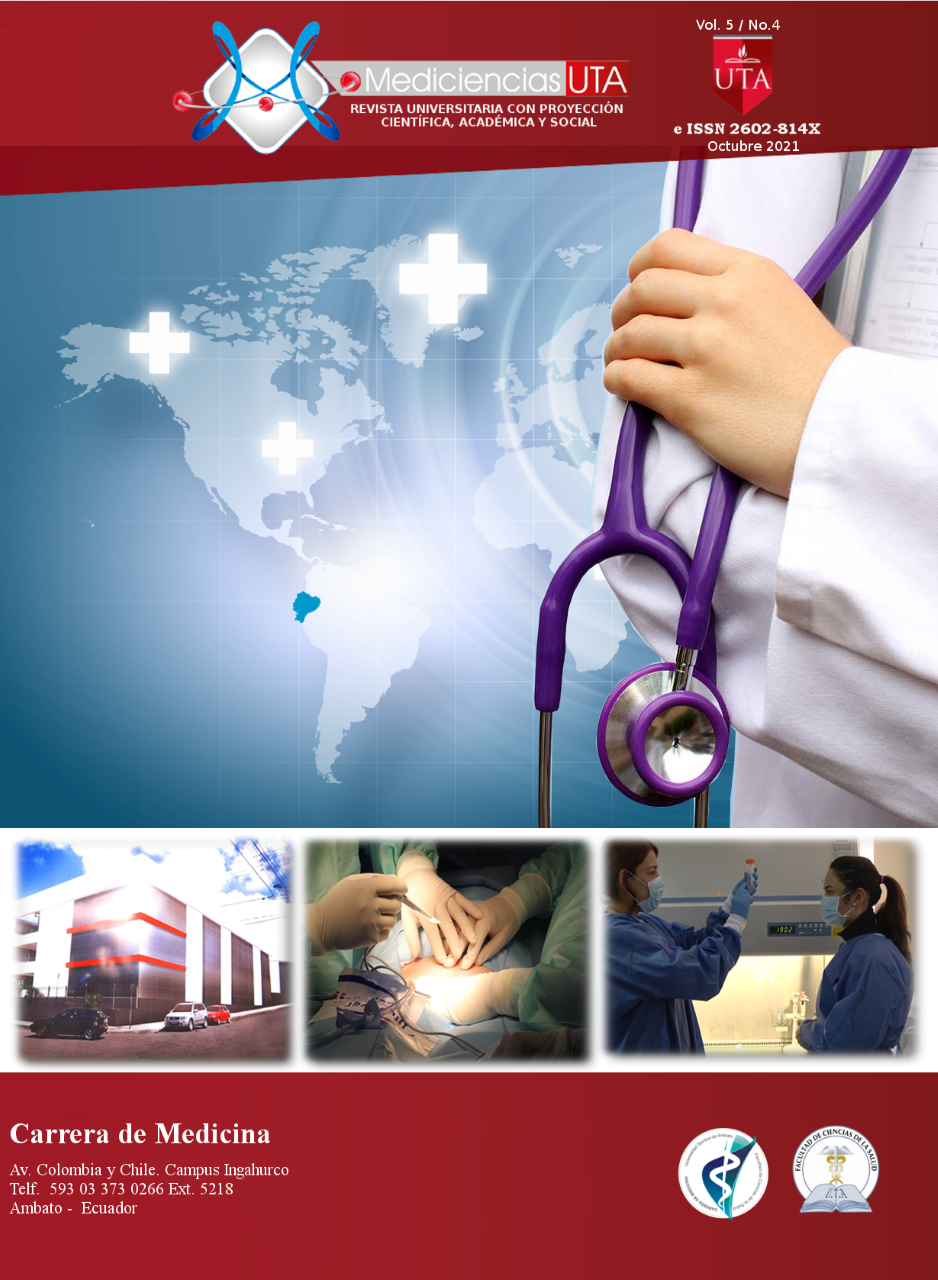Respiratory and Systemic Affection Produced by the SARS-CoV-2 Virus.
Main Article Content
Abstract
Introduction: In 2019 an outbreak arises in Wuhan whose etiological agent was identified as a single-stranded RNA virus belonging to the Coronaviridae family with some atypical characteristics to the already known SARS, for which it was called SARS-CoV-2, with a high capacity mutagenic affecting pneumocytes II and ciliated epithelial bronchial cells. There are certain pathologies associated with the severity of the clinical presentation, such as: concomitant cardiovascular diseases, hypertension, diabetes, obesity, kidney disease, cancer and other conditions related to immunodeficiency. Recent data also describe gastrointestinal symptoms, heart damage, vasculitis, kidney dysfunction, and thrombocytopenia. in patients with positive SARS-CoV-2.
Objective: To know the pathophysiology and histological changes observed during the infection by SARS-CoV-2, which allow to expand the knowledge of the pathogenesis of the disease.
Materials and Methods: A systematic search of studies carried out during 2020 was carried out in scientific search engines using the Boolean operators related to the respiratory and systemic involvement of SARS-CoV-2.
Results: The review of the morphofunctional alterations produced by the SARS CoV 2 virus establishes as a fundamental affection lesion in the vascular endothelium of several organs such as the lung, liver, kidney, and intestine, which is accompanied by tissue edema and hypercoagulability, due to storm of cytokines, complement activation, and the presence of prothrombotic factors, leading to sepsis, inflammation, and hypoxia. Clinically and morphologically, the lung is the most affected organ in all the cases reviewed, it is identified in the exudative and proliferative phase of diffuse alveolar disease, secondary infections, transformations from inflammation to fibrosis. In the kidney, ACE2 is expressed specifically in tubules, causing tubulitis. Glomerular alteration has not yet been evidenced despite endothelitis of the glomerular capillaries.
Conclusions: SARS-CoV-2 is a new virus, which has been extensively studied during this year, however, there are still divergences directly related to the biology of the virus, wide mutagenic capacity, severity, and differences in the clinical presentation of the virus. disease, immune response, lethality, and systemic involvement; hence the importance of making constant updates to understand viral pathophysiology, to optimize patient management.



